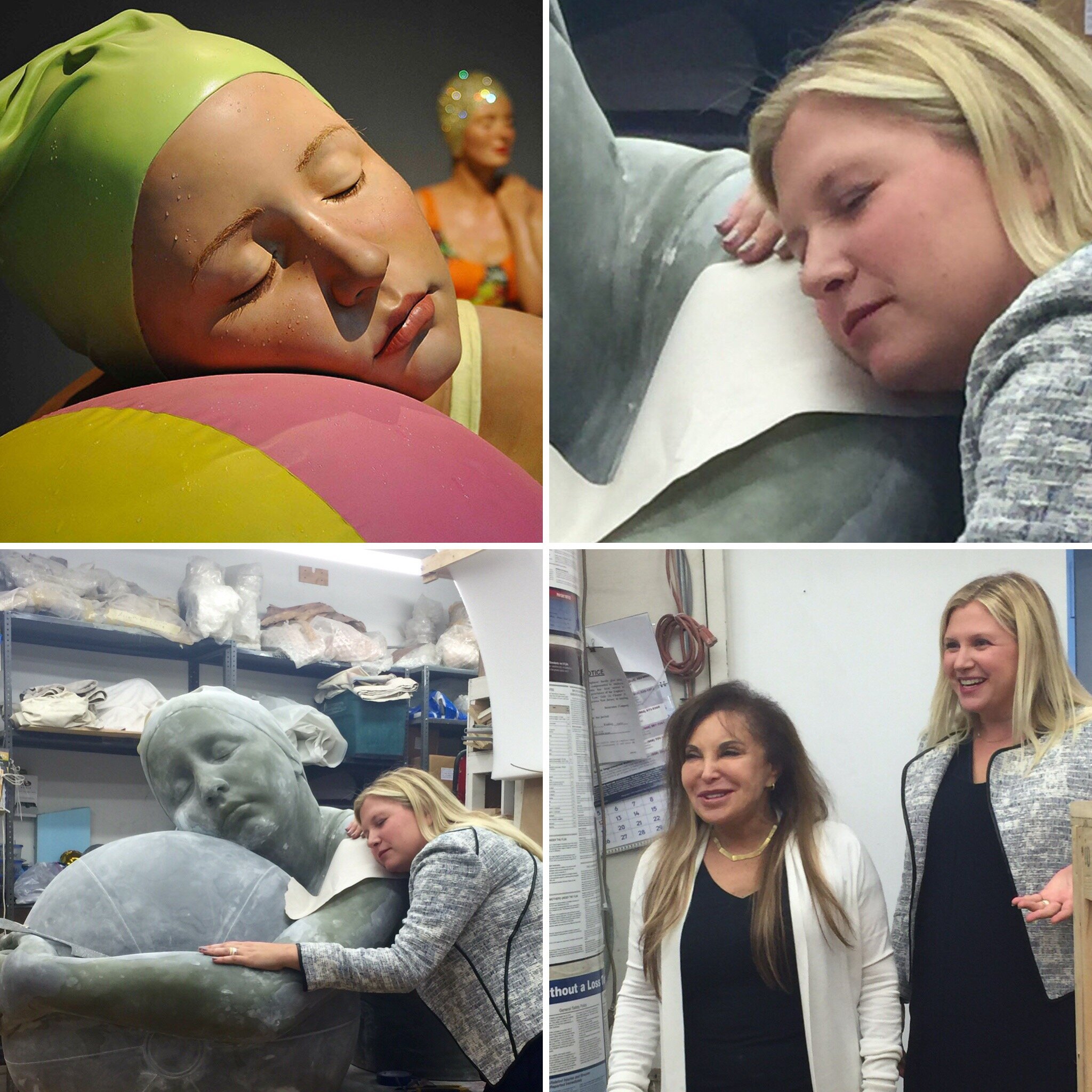There is enough scientific evidence that proves art improves brain functioning. It has an impact on brain emotions, wave patterns, nervous system, and can actually increase serotonin levels. Besides, art can change any person's outlook and the way they experience the world.
Years of research have provided a sufficient amount of data to prove that arts education influences everything from overall academic achievement to social and emotional development and so much more. Besides, research has proven the arts enhance neural systems that produce a wide spectrum of benefits ranging from numerous skills to creativity and improved emotional balance. Simply put, the arts are invaluable to our proper functioning individually and as a society as well. This article highlights how arts can improve brain functioning and well-being
1) Growth Mindset
Through arts, people develop skills like grit, resilience, and a growth mindset which can help them master their craft, do well professionally and personally. Building a growth mindset with the help of arts and self-assessment can help succeed in life. Besides, setting realistic expectations and goals for people in general and then correlating the work done and results, people can begin to shift their motivation, resulting in a much healthier and more sustainable learning process.
For students to truly grow and progress, they must have a balanced view of internal motivation and external motivation. In the early stages of learning art forms, students will participate in this activity because it is fun (intrinsic motivation). However, this motivation will only make them move forward until now, and then their development will start to slow down or even stop. At this point, rely on external motivation to continue student growth. This may take the form of auditions, tests or other assessments
2) Communication
Someone might say that communication might be the most important aspect of existence. Our world is built through communication. People learn a variety of communication skills through the study of art. Throughout the whole musical ensemble process, they must learn to communicate verbally, physically and emotionally with their peers, conductor and audience. Likewise, actors must not only convey spoken words to the audience but also express more intangible inner emotions to the script. Art is a way of expression that can transform thoughts and feelings into a unique form of communication-art itself.
3) Improved Cognition
Research links music learning with "language memory, second language pronunciation accuracy, reading ability, and executive function" in youth (Frontiers in Neuroscience). By immersing students in art education, you can attract them to a highly complex and multifaceted job that combines many subjects (such as mathematics, history, language and science) and at the same time as having a unique connection culture.
In conclusion, art is an effective way to stimulate the mind, and anyone can learn it. It's a process of learning to create ourselves and experience the world with a new lens. Also, it supports the bigger view of life: symbols, beauty, storytelling, and allows us to be present at the moment and keeps the magic alive.













